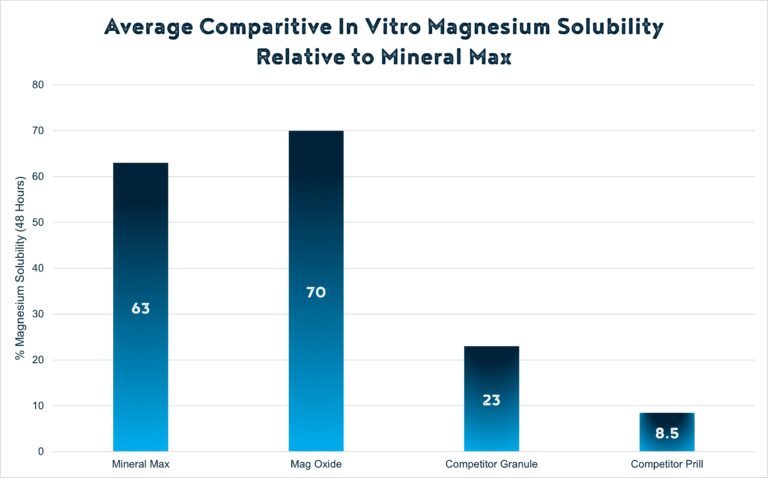Feeding Granules With Poor Magnesium Solubility Is Not Worth The Risk
Magnesium solubility of granulated or prilled products fed to dairy cattle, has been in the spotlight due to the potential risk of causing salmonellosis in cattle where magnesium solubility may be low.
It is important that magnesium solubility of products is analysed using appropriate scientific methods. Methods where the granule or product is put in a glass of water and timed until it breaks apart, bears no correlation to magnesium solubility – this method is a marketing trick to sell the concept of a granule being “soluble”.
It is important to understand the solubility of the magnesium products we use and feed to our dairy herd. If it is not soluble, the cow is unable to utilise the magnesium.
Seales Winslow analyses its magnesium sources used in their feeds and Mineral Max, as well as analysing the solubility of the finished product. Testing multiple products and magnesium sources in the market, has shown how variable magnesium can be, between magnesium sources. Magnesium Oxide for instance, is highly variable in its solubility, and it is proposed that the feed manufacturer and or farmer buy product that shows good solubility and is of high quality.
Collating multiple tests of granulated products over 3 years, relative to magnesium oxide shows that Mineral Max has a much higher magnesium solubility than other competitor products in the market.
Seales Winslow encourages users of granulated mineral products, whether it be farmers or blend suppliers, to test the solubility or ensure the granule or prill supplier can show solubility analysis of their products, using a scientific method. This mitigates not only the risk of feeding poor magnesium soluble products but the cost of not feeding the right levels of magnesium to your herd.


